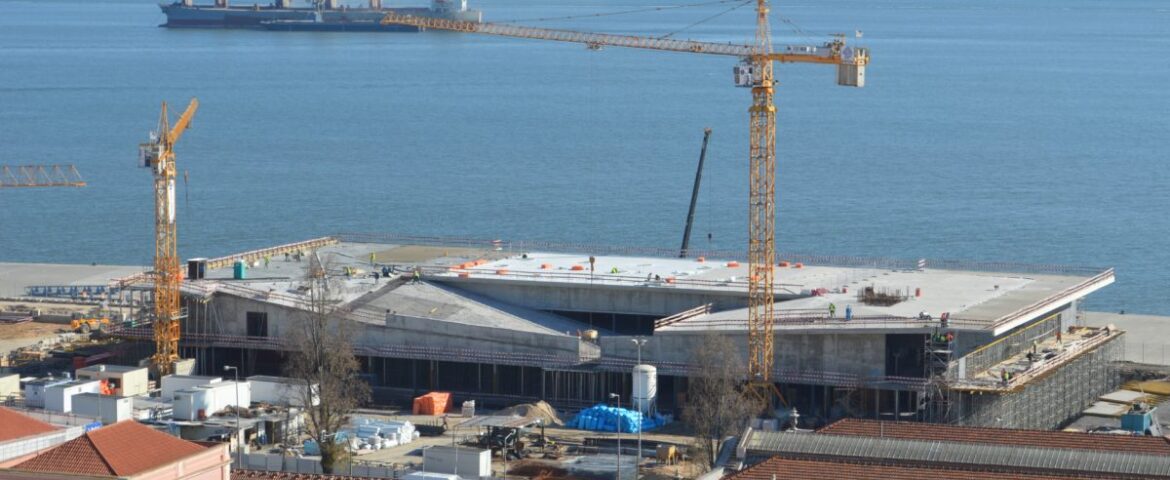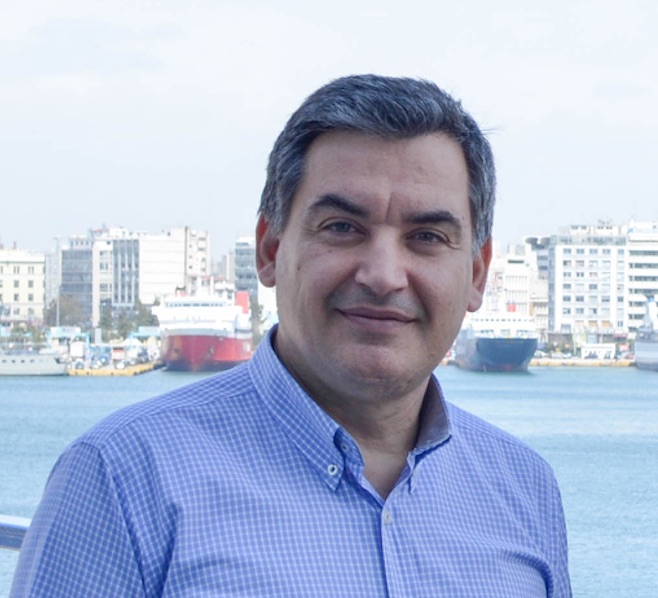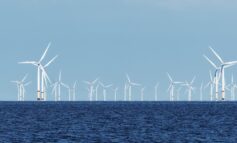Cruise activities in the Mediterranean and its adjoining seas experienced remarkable growth in 2016. Annual statistics from the MedCruise association reveal that member ports handled a total of 27.4 million cruise passenger movements and 13,500 cruise calls last year, a significant rise from 2001, when they welcomed 8.6 million passengers and 10,100 cruise visits.
MedCruise ports have upgraded their cruise terminal infrastructure to meet this demand for more berthing capacity and to accommodate bigger ships. Providing first-class infrastructure for modern cruise vessels remains a top priority for port operators, particularly because the port is the first ‘face’ of a destination.
Cruise ports also aim to develop infrastructure to meet new environmental requirements
Cruise ports also aim to develop infrastructure to meet new environmental requirements. To help members achieve this, MedCruise has partnered with the World Association for Waterborne Transport Infrastructure (PIANC). Together, the organisations plan to advance guidelines on the development of cruise port infrastructure and help MedCruise members benefit from the growth of the industry. The first discussions were held at the MedCruise General Assembly in Tenerife last September. Architects often design port facilities according to the type of operations they will carry out, considering whether cruise lines will use the port for turnaround or transit calls – or both. Transit ports must provide berths of a minimum depth, quays of a certain length, and a wide apron for handling passengers, International Ship and Port Facility Security rules implementation, immigration and customs. A high-quality connection to the local tourist attractions is also essential.
Turnaround ports must be easily connected to passengers’ possible arrival or departure points, such as airports, railway station or bus stations. It is particularly important to offer international connections at airports so passengers worldwide can easily reach their departure port. It is also critical for turnaround ports to provide vast parking areas near the terminal.
Some ports in the Mediterranean and its adjoining seas are currently working on infrastructure development projects that take into account minimum requirements for draughts, berthing lines and navigation channels. Others are collaborating with destination representatives and stakeholders to improve the accessibility from the cruise terminal to the city, minimise road disruption, and to provide better car parking and public transport facilities. In addition, several port authorities and decision makers are upgrading the various spaces inside the cruise terminal, as well as the ground transportation area.
Upgrading infrastructure takes long-term planning because port authorities must secure financing, complete environmental and other technical studies, and consult with multiple institutions before and during work
Upgrading infrastructure takes long-term planning because port authorities must secure financing, complete environmental and other technical studies, and consult with multiple institutions before and during work. All of this adds to the initial high cost of the infrastructure investment.
The cruise industry is constantly evolving, and vessels have continued to grow in all dimensions for more than 40 years. For example, two of today’s biggest cruise vessels are Royal Caribbean International’s 360-metre long, 47-metre wide Allure of the Seas and Oasis of the Seas, which were built in 2009 to accommodate 5,400 passengers. Their size differs significantly from the cruise line’s former Song of Norway, which was built in 1970 and with a length of 168.5 metres, a beam of 24.1 metres and capacity for around 724 passengers.
Higher manoeuvrability, design changes and the use of technology are also key aspects that port authorities and architects must consider when developing infrastructure for particular vessels.
Needs also change when it comes to greener port infrastructure. Decisions on green infrastructure investments should be made in cooperation with the port users and stakeholders, as there is not a one-size-fits-all solution. For example, cruise ports provide waste and cargo residue reception facilities that comply with existing regulatory requirements. However, to get the best results, the facilities and waste delivery and handling plans must be designed after an extensive consultation with all port users.
As ship sizes increase and more people choose to cruise, ports must improve their infrastructure. However, this does not mean that cruise infrastructure will pay off automatically, nor that it will ensure ports secure cruise traffic
As ship sizes increase and more people choose to cruise, ports must improve their infrastructure. However, this does not mean that cruise infrastructure will pay off automatically, nor that it will ensure ports secure cruise traffic. Certainly, investing in upgrades and construction activities is susceptible to several risks. It is difficult to secure funding and there is a long return on investment period, especially because cruising is seasonal and terminals may not be fully used all year round.
Long-term engagement would involve cruise lines committing to calling at the ports for longer periods of time, and ports becoming more actively engaged with itinerary planners and cruise and destination marketers
Ports in the Mediterranean and its adjoining seas continue to take these risks into account, frequently preparing for the worst when making their business cases for the intended infrastructure investments. However, they need more long-term engagement from cruise lines to help them to streamline investments and timelines, avoiding potential mismatches between their long-term port improvement vision and the cruise lines’ short-term itinerary planning decisions. Long-term engagement would involve cruise lines committing to calling at the ports for longer periods of time, and ports becoming more actively engaged with itinerary planners and cruise and destination marketers.
MedCruise will continue to create platforms that enable cruise ports and cruise lines to ensure their strategies are aligned and that ports can provide the infrastructure cruise lines need.
The viewpoint first published @International Cruise & Ferry Review, Issue 50, Spring 2017.













